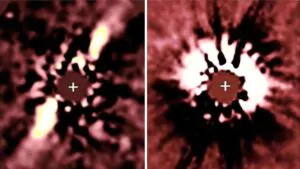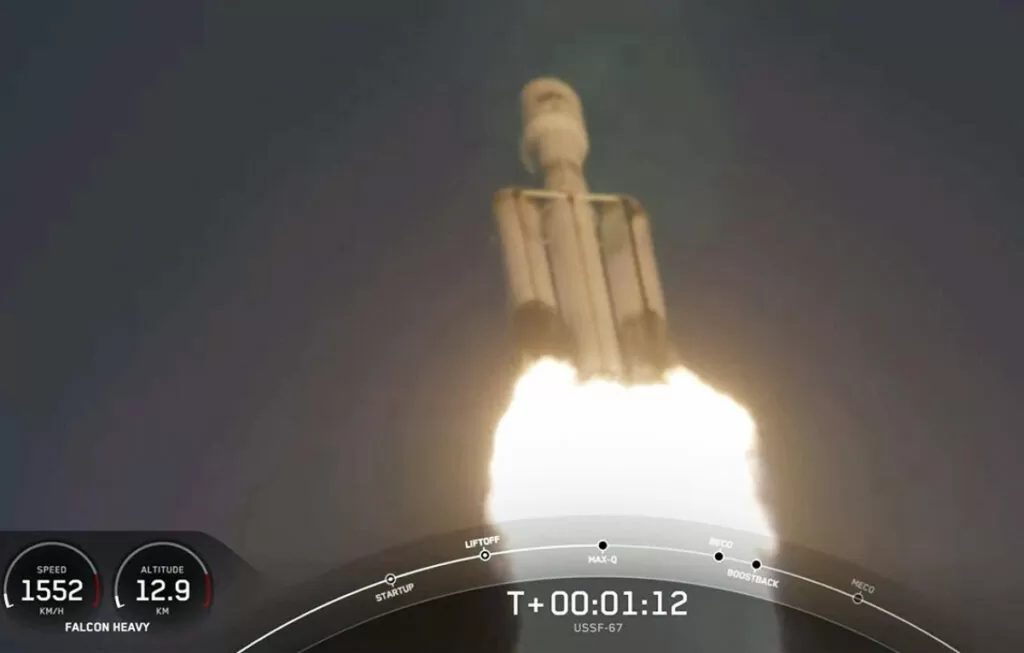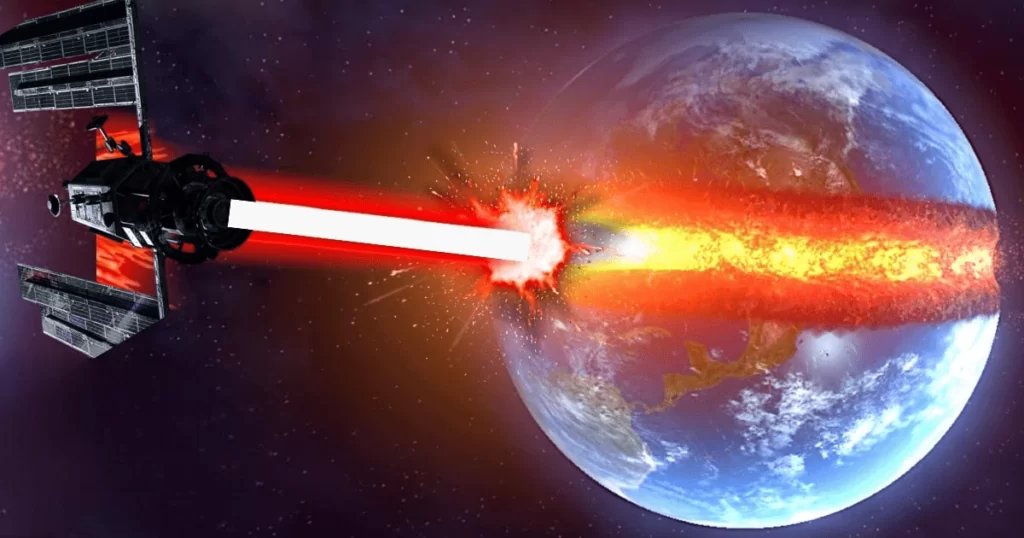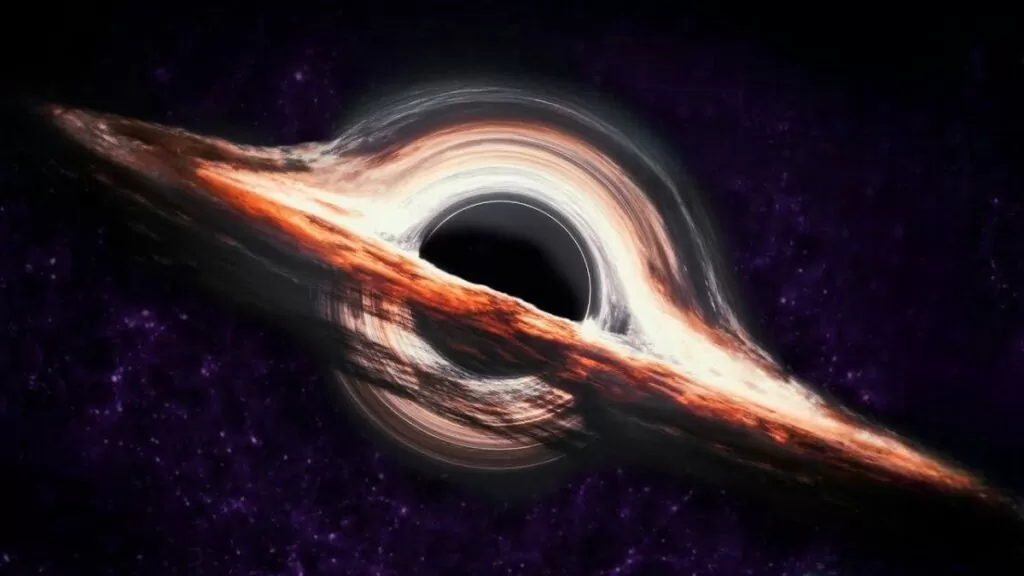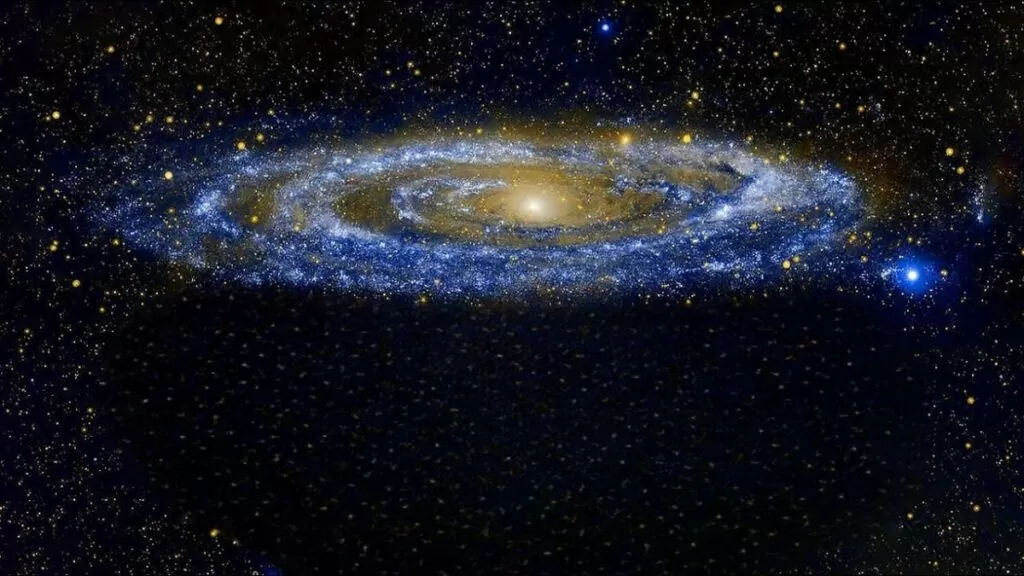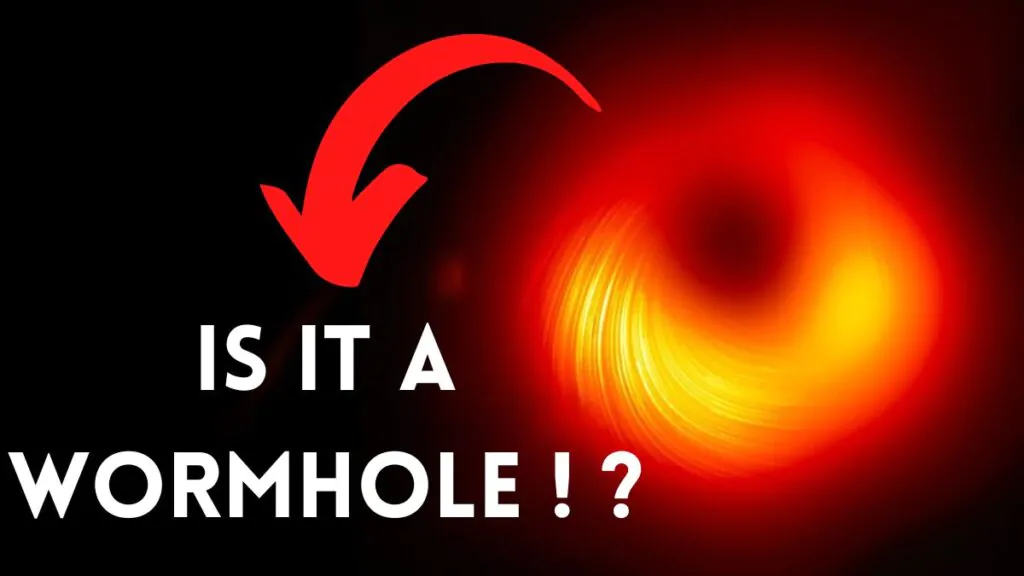
Physicists assert in a groundbreaking study that wormholes may have already been discovered.
Additionally, we have imagined them.
Wormholes are fictitious entities in the universe that connect two far-off regions of spacetime.
They might even link points in two different universes together.
In the past few decades, physicists have made significant progress in comprehending the nature of these exotic structures.
Google’s quantum computer was used recently by a group of researchers to demonstrate that the entanglement of quantum mechanics and wormholes of general relativity are essentially identical.
Additionally, a group of researchers has asserted that these speculative structures of spacetime may have already been observed.
In point of fact, it’s possible that the two supermassive black holes we’ve seen thus far are actually wormholes.
But how could that possibly be?
How can we distinguish between black holes and wormholes, assuming that they are in fact disguised wormholes?
Lastly, and most importantly, why is it necessary to comprehend wormholes in order to construct the theory of everything?
It is essential to travel back one hundred years in time in order to answer these questions.
Ludwig Flamm theorized wormholes for the first time in 1916 while studying Karl Schwarzschild’s solutions to Einstein’s field equations.
This concept was further developed in 1935 by Albert Einstein and Nathan Rosen with the help of the theory of general relativity.
They suggested that no matter how far apart two points in the universe are, bridges made of spacetime could connect them.
Einstein-Rosen bridges or er bridges were their names.
However, Einstein was not pleased with these fictitious bridges because the equations demonstrated that they could not be crossed.
Therefore, he considered, what use are such spacetime shortcuts if no one can use them?
Einstein and Rosen collaborated on a paper with another physicist, Boris Pogolsky, in the same year.
Quantum entanglement, which Einstein referred to as a “spooky action at a distance,” was the subject of the Einstein-Rosen-Podolsky paper, also known as the EPR paper.
There was no reason to believe that these two papers were related at the time.
To put it another way, no one could have imagined that er equals EPR.
Juan Maldacena, a researcher in quantum gravity, mathematically demonstrated about 20 years ago that a wormhole connects two black holes in a particular type of space.
In 2013, he came to the conclusion that wormholes are the result of quantum entanglement, or that er is equivalent to EPR.
Quantum entanglement occurs when two black holes are connected by wormholes to one another.
It’s like saying that quantum theory and gravity are linked.
The holographic principle, which mathematically links quantum physics and gravitational aspects, is based on this duality as a general concept.
That is an illustration of the function of wormholes in quantum gravity.
However, the most important question is, “How do we find these wormholes?”
Wormholes are hypothesized to resemble black holes, which presents a challenge when attempting to locate them.
As a result, it’s hard to tell the difference between black holes and wormholes.
Despite this, a group of researchers from Sofia University of Bulgaria (buhl-gee-ree-uh) proposed a method for distinguishing between wormholes and black holes.
They looked into some parameters that might be different for each of them.
Scientists have only examined the similarities between the two exotic objects up to this point.
However, this team discovered how they differ from one another.
The accretion disk’s radiation’s polarization properties were the first thing they looked at.
After that, they looked at the polarization properties and compared this to the suspected regions of space where wormholes might exist.
A simplified model of the wormhole’s throat was developed as a result of the comparison.
Matter entering a black hole and surrounding a wormhole may behave differently, according to this model.
It demonstrates that the strong magnetic field of the wormholes polarizes the particles surrounding the opening of the wormhole.
The fact that these polarized emissions were recently observed when the first images of black holes at the center of the Milky Way and M87 galaxy were taken is interesting.
Therefore, it is highly likely that m87* itself is a wormhole if the team’s model is correct.
Wormholes may be concealed in many black holes, as this hints at a larger picture.
However, only one parameter is the focus of the model: the way that light polarizes.
An indirect method of observation known as gravitational lensing was also investigated in order to gain a deeper understanding of the distinctions between a wormhole and a black hole.
The distortion of light from a background object when it is close to a massive object, like a black hole or a galaxy cluster in the foreground, is known as gravitational lensing.
The monstrous item behaves like a focal point that amplifies the foundation object.
The team believes that the distorted image of objects with strong lenses may indicate significant differences.
They discovered, for instance, that the polarization intensity of suspected wormholes would be greater than that of a black hole by an order of magnitude.
Also, suppose a suspected wormhole was found at an angle where light can be seen entering it.
The “radiation from the region across the wormhole throat leads to the formation of an additional structure of ring images” in that scenario would further assist in comprehending the polarization properties.
Even though it’s still hard to tell wormholes apart from black holes, these researchers’ work has made it easier to identify wormholes, which could lead to more discoveries of these strange universe objects.
In addition, the findings of the Caltech team that created a mathematical representation of a wormhole using Google’s quantum computer have shed light on the true nature of these objects.
Using quantum bits, or qubits, they built a circuit that, like a wormhole between two black holes, teleported quantum data.
It’s a reasonable association between gravity and quantum mechanics.
Therefore, the CalTech experiment provides ample support for the holographic principle.
Additionally, this is a significant step toward developing a single quantum gravity theory; something that has been in development by physicists for nearly a century.
Explore:
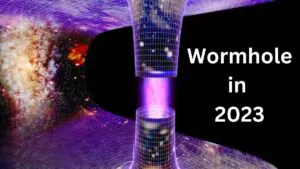
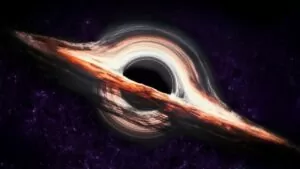
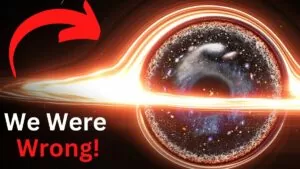
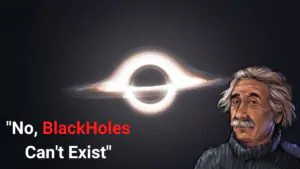
![[is it possible?] Travelling Faster than Speed of Light Warp Drive](https://spaceupper.com/wp-content/uploads/2021/06/Warp-Drive-300x169.jpg.webp)
